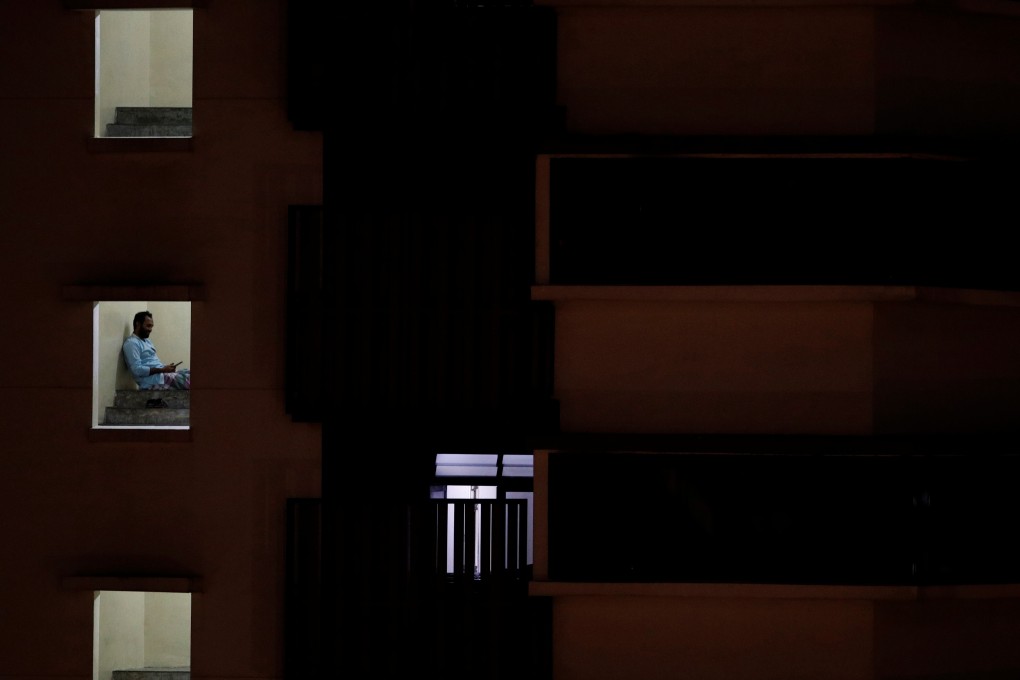Opinion | Singapore’s addiction to growth is built on the backs of migrant workers
- Some 90 per cent of the island nation’s Covid-19 cases are linked to migrant worker dormitories – exposing ingrained social and systemic prejudices
- The question is whether conditions, practices and attitudes towards these workers will change after the crisis has abated

On one end is Chip Bee Gardens, where a cluster of terraced houses and condominiums are flanked by a row of hipster cafes and bakeries. This is where the professionals and many expats live.
Then there is the town centre, with its MRT station, shopping and food centres linked by a boulevard of restaurants, bars and shophouses. The tenants of these shophouses – bank outlets, beauty salons and gyms – are perennially changing due to the high rent.
Finally, there is the public housing estate of Holland Drive – my side of the village – where four coffee shops, a wet market and a community centre serve as social nodes for the neighbourhood’s more “heartland-ish” and elderly denizens.
With its array of shops and services catering to different cultural and socioeconomic groups, I’ve always felt that Holland V, the affectionate shorthand used by locals, has all that it needs.

